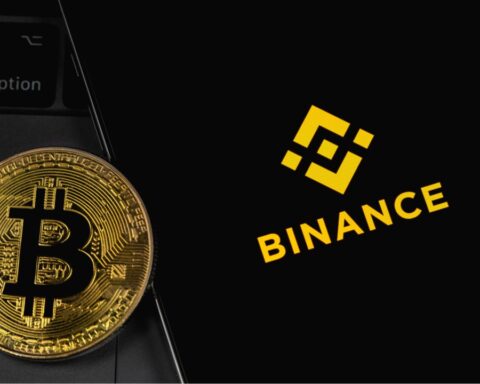Meta Platforms is once again venturing into the digital currency space, with a renewed focus on stablecoins as a tool for facilitating global payments, according to insiders familiar with the company’s strategy.
Following its exit from the Diem project in early 2022, Meta is reportedly holding early-stage talks with crypto infrastructure firms to explore stablecoin applications across its platforms.
Rekindling Its Digital Currency Ambitions
Originally launched as Libra in 2019 and later rebranded as Diem, Meta’s first major crypto initiative aimed to create a global stablecoin. However, it was shelved in January 2022 amid intense regulatory scrutiny.
Now, under new leadership, Meta appears ready to re-enter the space. Ginger Baker, a fintech veteran and former Plaid executive, has been appointed as Vice President of Product. Baker also sits on the board of the Stellar Development Foundation, giving her strong credentials to lead Meta’s new stablecoin push.
A Focus on Cross-Border Efficiency
Sources indicate that Meta’s renewed interest is centered on enabling cross-border payments using stablecoins as a faster, cheaper alternative to wire transfers. The company sees stablecoins as a viable tool to reduce transaction fees, particularly for small payments across international borders.
An executive from a crypto infrastructure provider said Instagram could be one of the early adopters, using stablecoins to compensate creators in different regions. This would allow Meta to cut down on fees for transactions as low as $100.
Booming Stablecoin Market Provides Tailwind
The timing of Meta’s move coincides with significant growth in the stablecoin sector. According to DeFiLlama data, the total stablecoin market cap has doubled to $245 billion over the past year.
Tether (USDT) remains the dominant player with a market cap of approximately $150 billion. Meanwhile, USD Coin (USDC) has also expanded, growing from $33 billion to around $60 billion, according to CoinGecko.
This market expansion suggests an increasing appetite for blockchain-based payment solutions, adding momentum to Meta’s plans.
Regulatory Winds Still Blowing
Despite favorable market conditions, the regulatory environment remains fluid. The GENIUS Act, a bill aimed at creating a legal framework for stablecoins, failed to pass in the Senate earlier today. However, Senator John Thune has announced plans to file a motion next week to reconsider the bill.
This continued legislative activity highlights the growing importance of stablecoin regulation and may influence how quickly Meta can bring its vision to market.
While Meta’s efforts are still in the exploratory phase, the company appears poised to reassert itself in the digital finance space—this time, with a sharper focus and potentially broader support.




